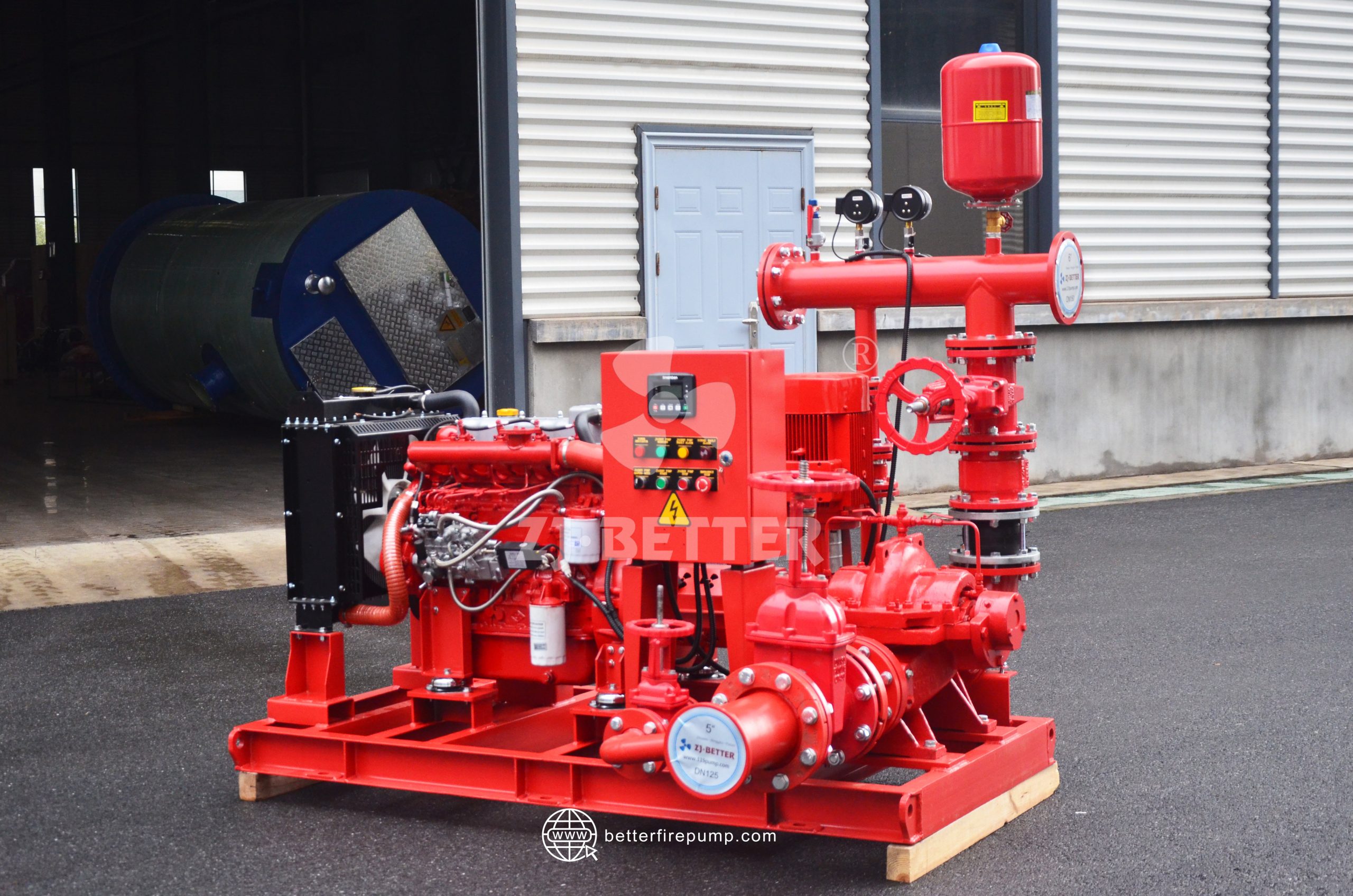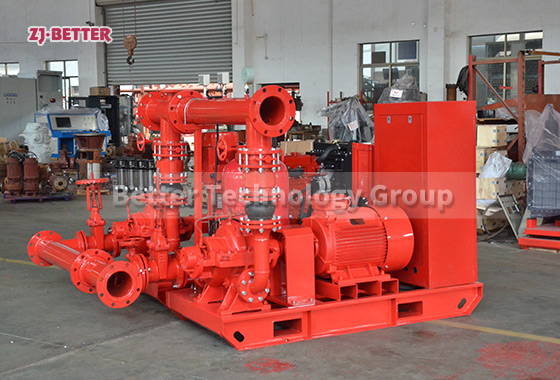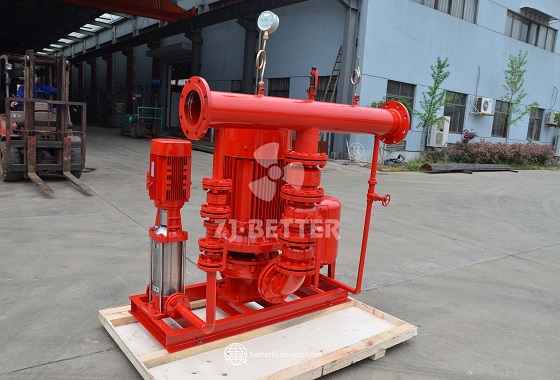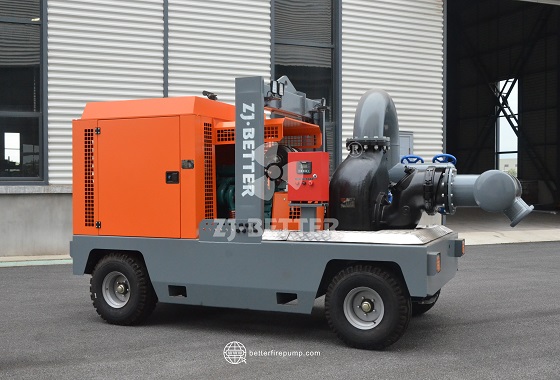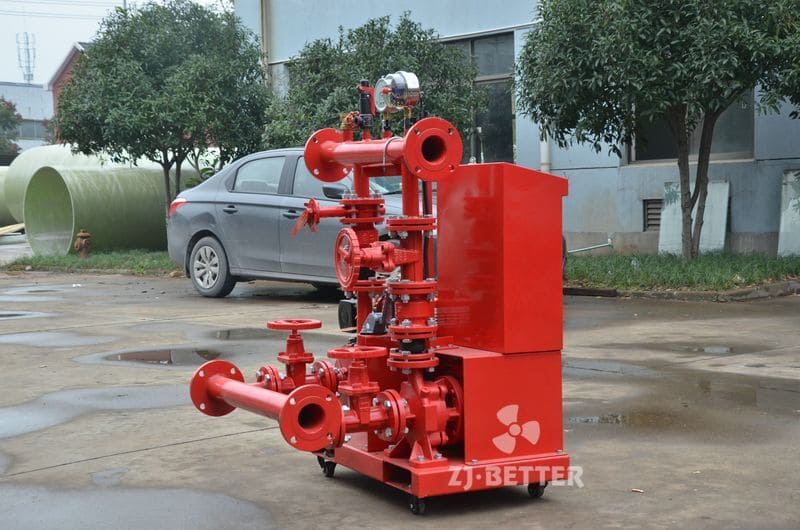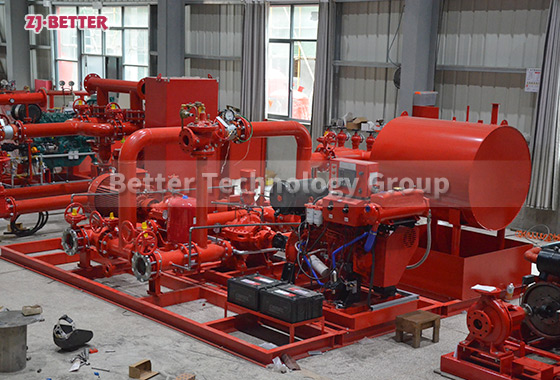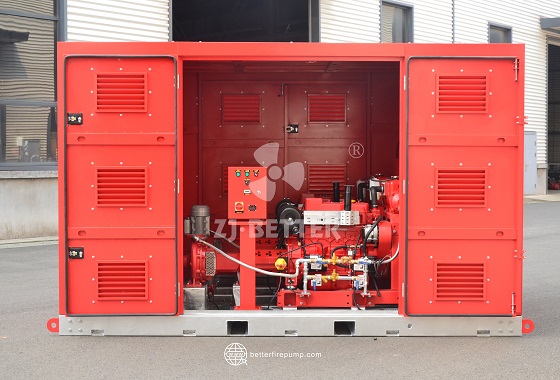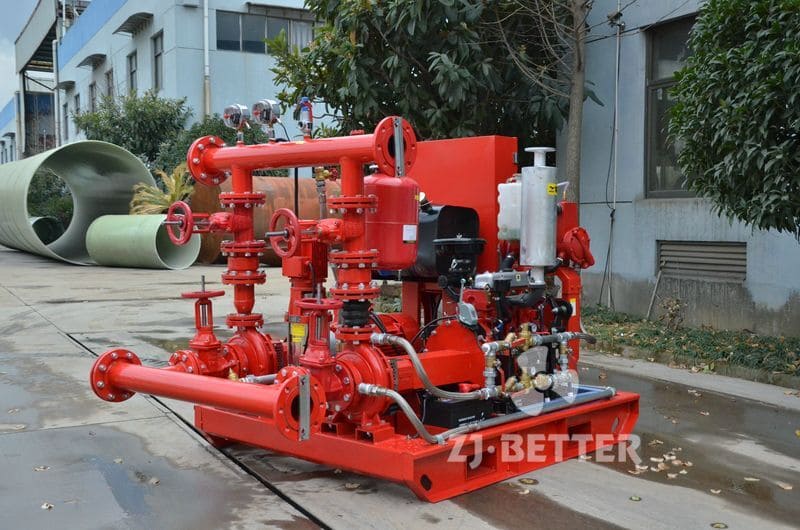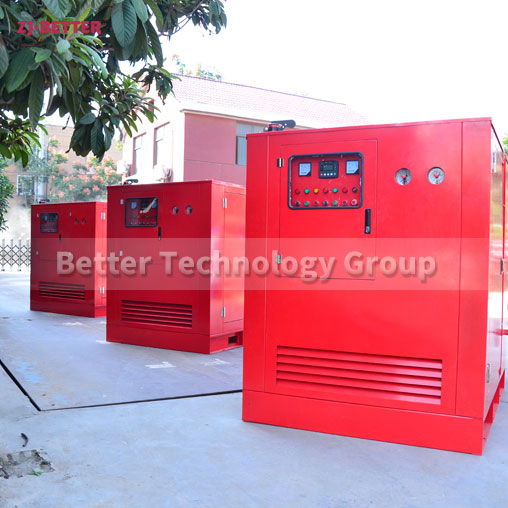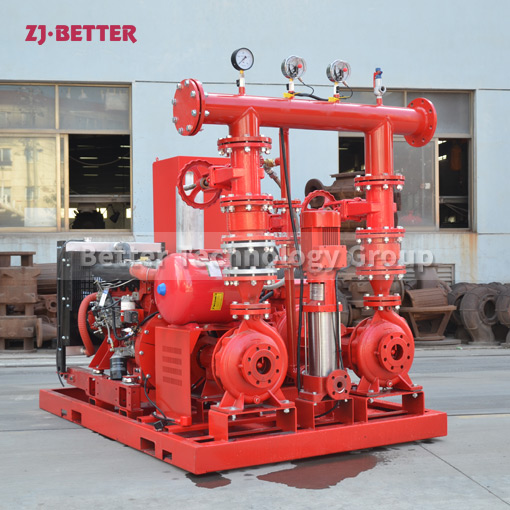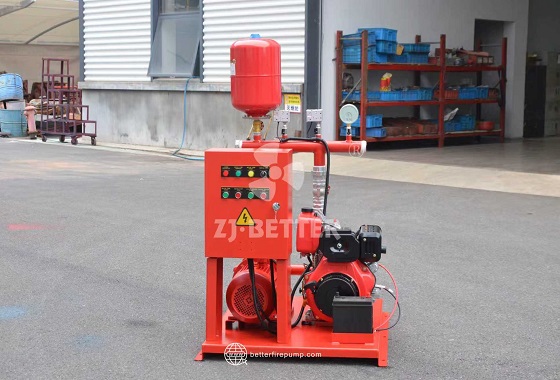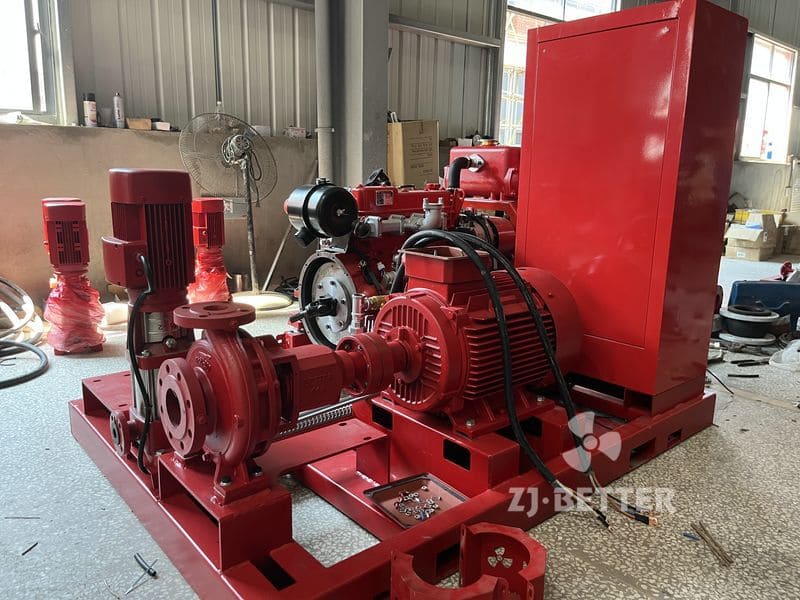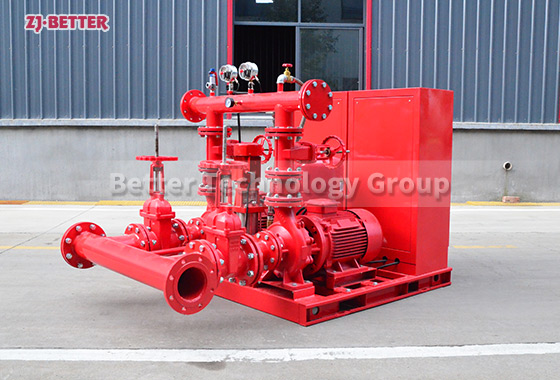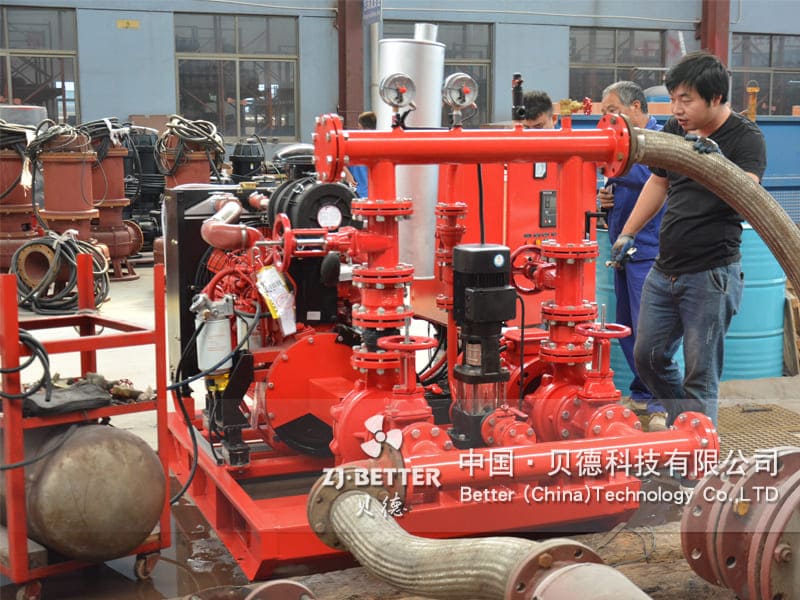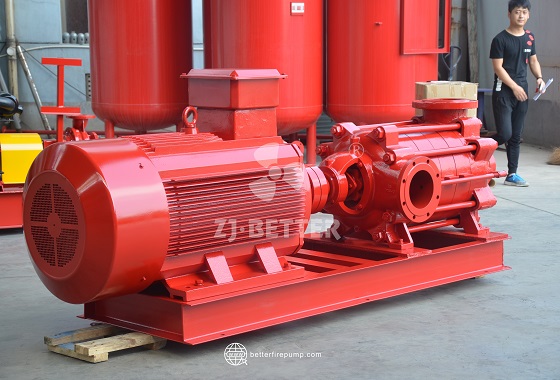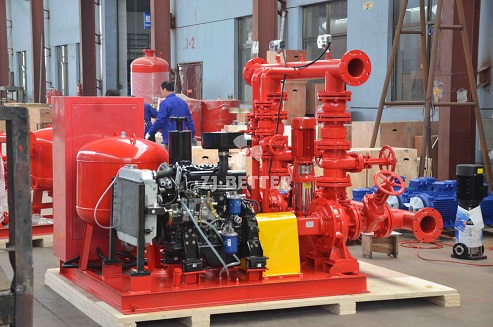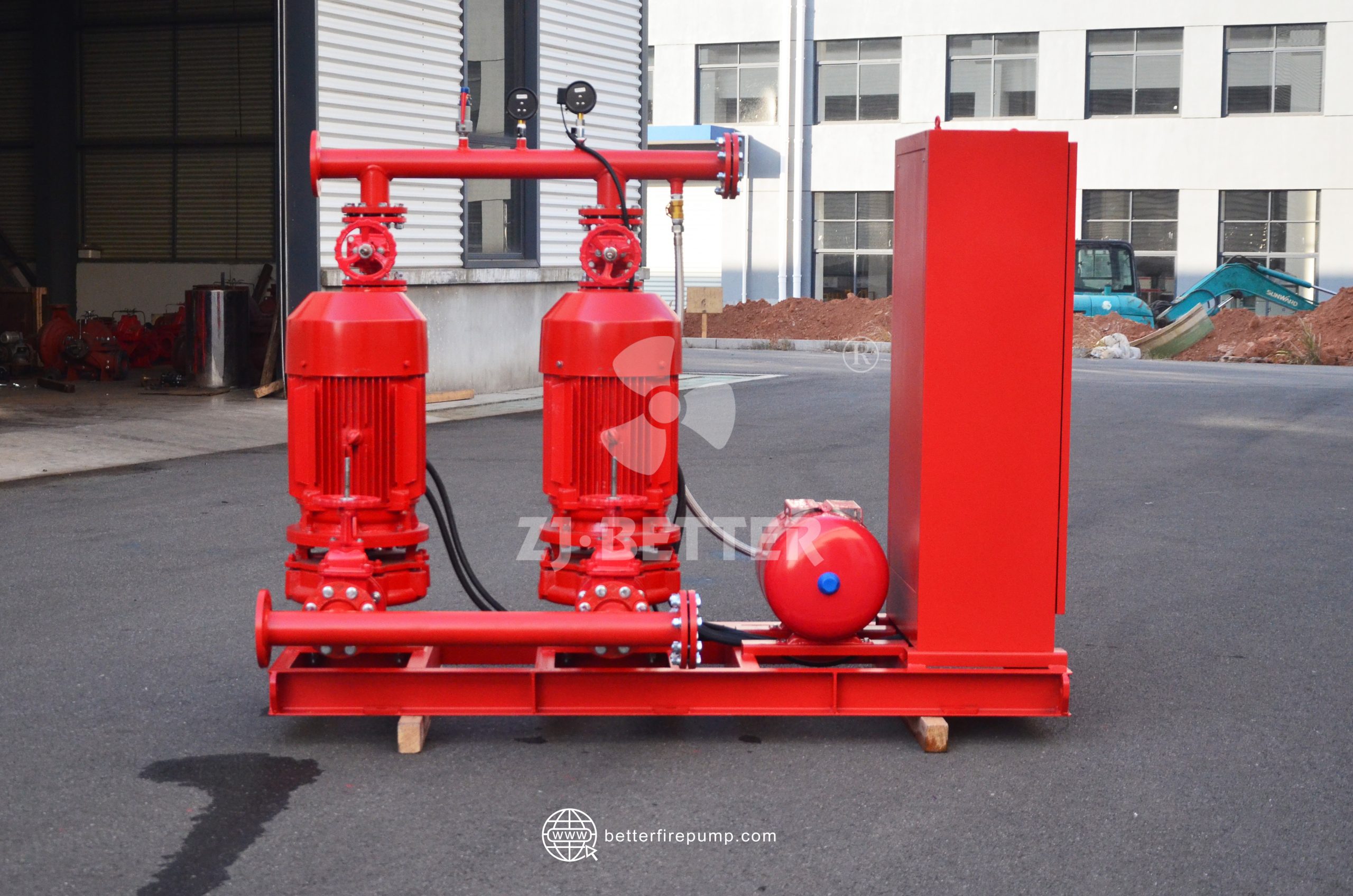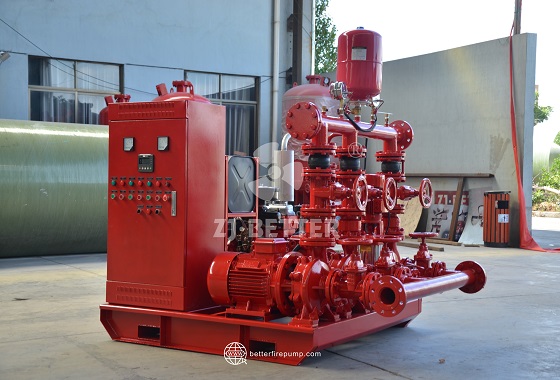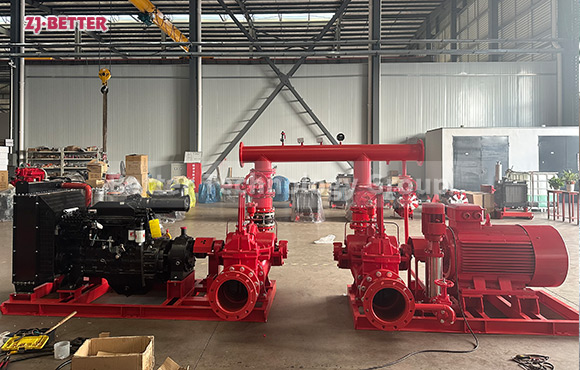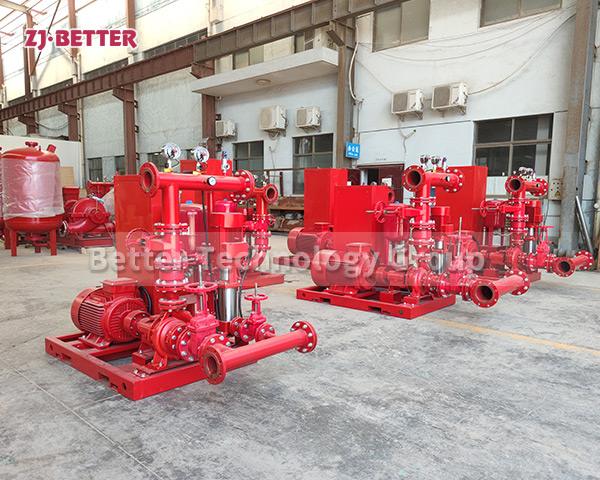How to Set Up a Fire Pump Alarm System
Learn how to properly set up a fire pump alarm system to detect failures, ensure safety, and comply with NFPA 20.
A fire pump alarm system plays a crucial role in detecting malfunctions and ensuring rapid response. Here’s how to set it up properly:
1. Choose the Right Fire Pump Controller
-
Fire pump controllers come with built-in alarms for pressure drops, motor failures, and power loss.
-
Ensure NFPA 20 compliance.
2. Install Alarm Sensors and Devices
-
Pressure switches to monitor water pressure.
-
Flow switches to detect water movement.
-
Temperature sensors to monitor overheating.
3. Connect to a Central Monitoring System
-
Integrate with a fire alarm panel or building management system (BMS) for real-time alerts.
4. Conduct Routine Testing
-
Test alarm functions monthly to verify performance.
-
Keep detailed logs for compliance and maintenance.
A properly installed and tested fire pump alarm system enhances fire protection reliability and ensures compliance with fire safety regulations.

